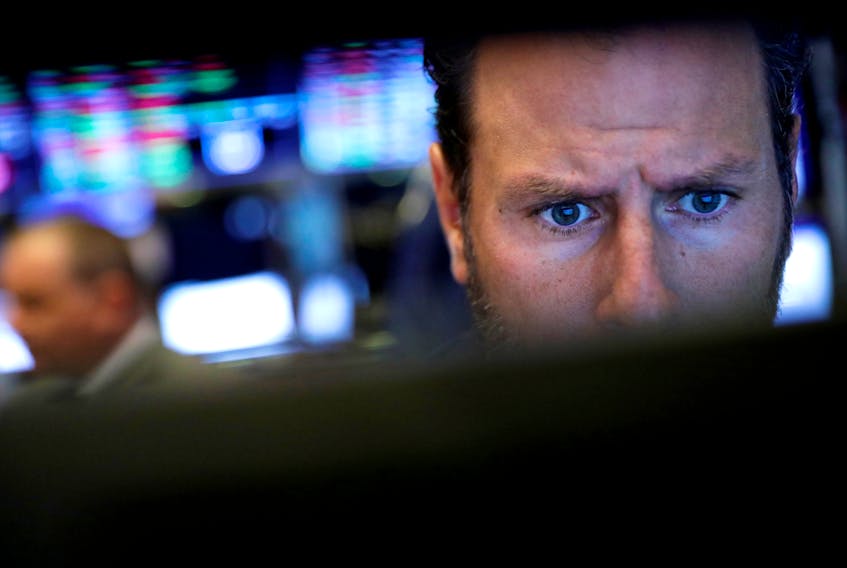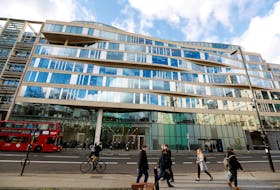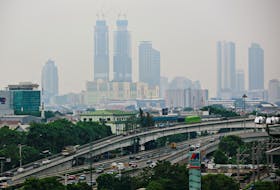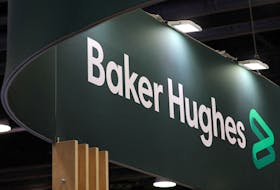LONDON (Reuters) - The U.S. Treasury yield curve, measured by the gap between yields on three-month and 10-year bonds, briefly inverted on Tuesday for the first time since October as investors worried about the economic impact from a virus outbreak in China.
An inverted curve, when longer-dated yields fall below shorter-maturity ones, has been a fairly reliable predictor of U.S. economic recessions in the past.
The death toll from the coronavirus outbreak in China has risen to more than 100 and the virus has spread to more than 10 countries, including France, Japan and the United States.
That has rattled world markets, fuelling concerns about the impact on a world economy hit last year by a trade war between the United States and China.
Investors in turn have rushed into safe-haven U.S. Treasuries, with 10-year yields falling on Tuesday to 1.57%
The gap between yields on three-month notes and 10-year government bonds briefly fell to -0.015 basis points
"The movement in the curve is probably telling us we are seeing an increasing shift away from risk assets to safe assets, including Treasuries, and the entire curve is being pulled down," said Philip Shaw, chief economist at Investec.
"If the signs were to multiply, there could be a more severe impact not just in China but globally. Markets are starting to speculate the Fed could bring rates down by summer."
That three-month/10-year part of the yield curve is closely watched as a recession indicator. It inverted in March last year for the first time since the financial crisis, a signal that a recession was likely to follow in one to two years.
The yield curve can revert and reinvert many times before a recession hits.
It has traded in positive territory since October, when optimism that the United States and China would reach a trade deal boosted risk sentiment.
(GRAPHIC: U.S. curve inverts - https://fingfx.thomsonreuters.com/gfx/mkt/13/1543/1518/curve.png)
The two-year/five-year curve also inverted on Monday
Markets have ratcheted up expectations the Federal Reserve will cut U.S. interest rates this year, fully pricing in one 25- basis-point cut and a 50% chance of a second easing later in 2020, Fed funds futures show.
(Reporting by Dhara Ranasinghe and Sujata Rao; editing by Larry King)









